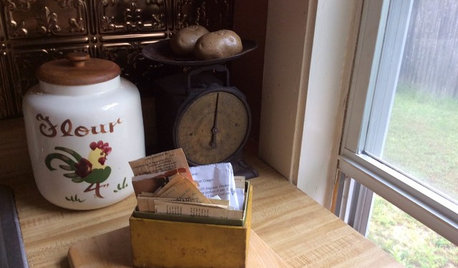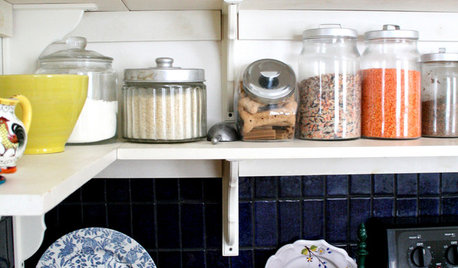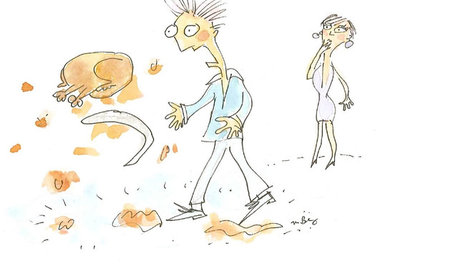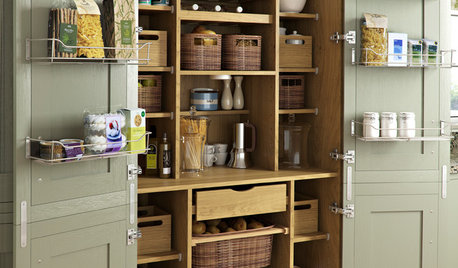Any great recipes for Harsch Crock Dill Pickles ?
green_grandma
11 years ago
Related Stories

KITCHEN DESIGN5 Home Cooks Share Their Favorite Family Recipes
Peek inside the kitchens of these Houzz users and learn how to cook their time-tested, passed-down dishes
Full Story
FEEL-GOOD HOMESimple Pleasures: Make Do and Mend
Experience the satisfaction of fixing, repurposing and creating things yourself around the home
Full Story
KITCHEN DESIGNDisplaying Kitchen Supplies — Hot or Not?
Do some kitchens just beg for a cozy row of canisters and gear for all to see? Have a look and let us know what you think
Full Story
HEALTHY HOME12 Ways to Set Up Your Kitchen for Healthy Eating
Making smart food choices is easier when your kitchen is part of your support team
Full Story
MOST POPULARThanksgiving Tales: When the Turkey Tanks
Houzz readers prove adept at snatching victory from the jaws of entertaining defeat
Full Story
GARDENING GUIDES10 Easy Edibles for First-Time Gardeners
Focus on these beginner-friendly vegetables, herbs, beans and salad greens to start a home farm with little fuss
Full Story
KITCHEN PANTRIES80 Pretty and Practical Kitchen Pantries
This collection of kitchen pantries covers a wide range of sizes, styles and budgets
Full Story
FARM YOUR YARDIf You Have Room for Only One Summer Crop ...
Get an edible that’s long on flavor even if you’re short on space, with a long-time gardener’s favorite picks
Full Story
EDIBLE GARDENSHouzz Call: What Did You Grow This Summer?
Let’s celebrate the homegrown fruits and vegetables of the season. Post your pictures and tell us about your harvest
Full Story
COTTAGE STYLEMy Houzz: Creativity Flows in a New Hampshire Cottage
Simplicity and natural surroundings provide inspiration for an artist’s work and for her home’s peaceful, pretty interiors
Full Story





digdirt2
cannond
Related Professionals
Anderson Landscape Contractors · Ashburn Landscape Contractors · Fort Myers Landscape Contractors · Methuen Landscape Contractors · Old Saybrook Landscape Contractors · Soddy Daisy Landscape Contractors · Tewksbury Landscape Contractors · Palos Hills Landscape Contractors · New Carrollton Landscape Contractors · Boone Roofing & Gutters · Edison Roofing & Gutters · Mooresville Roofing & Gutters · Portage Roofing & Gutters · Alameda Driveway Installation & Maintenance · Glenview Driveway Installation & Maintenancegreen_grandmaOriginal Author
cannond